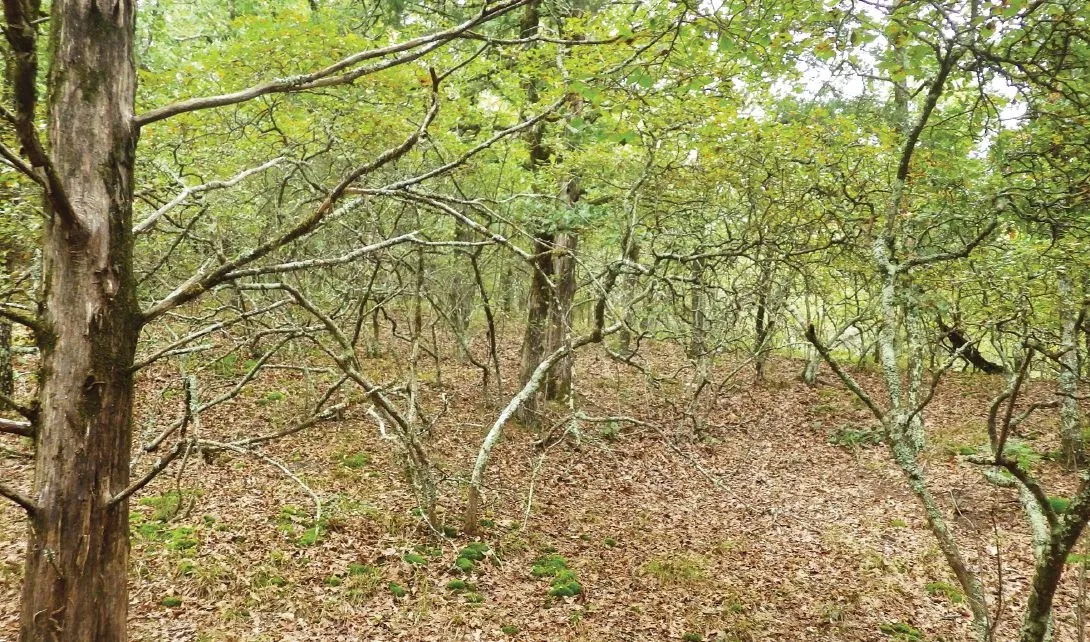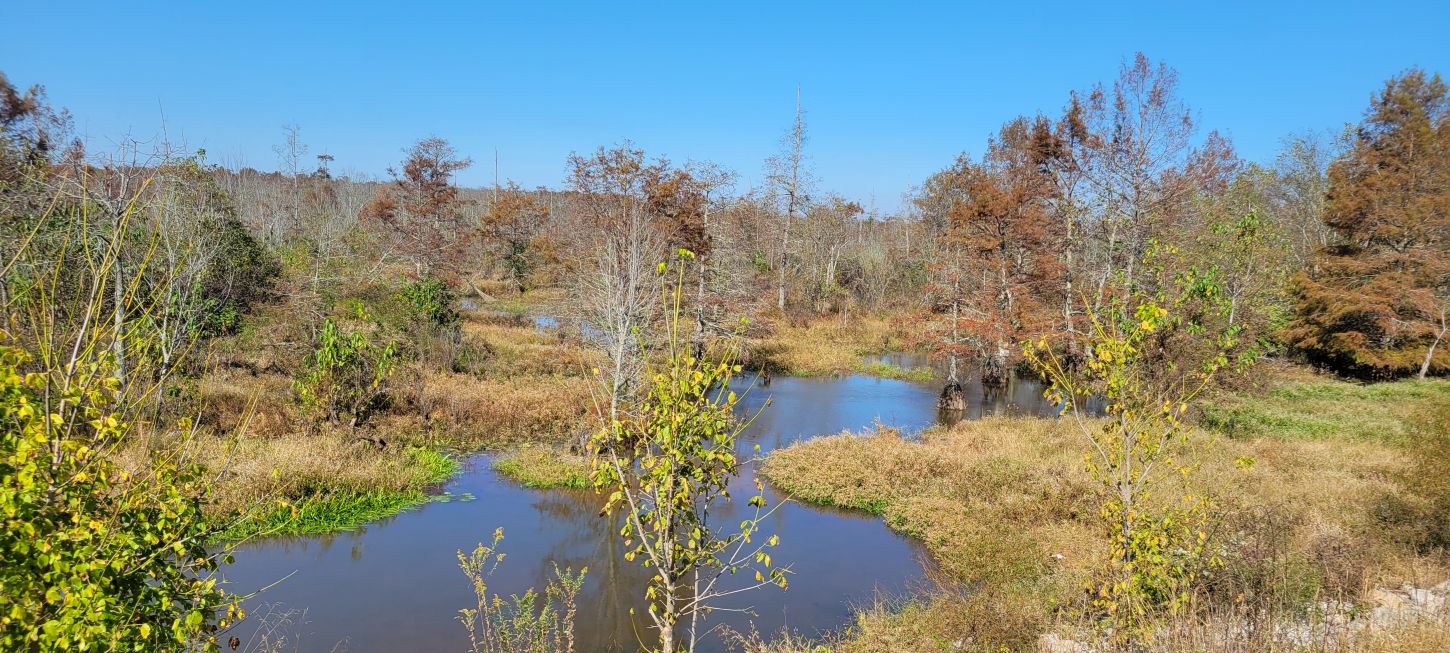Natural Highlights: Honey Vine


Honey Vine (Cynanchum laeve) - also called Bluevine, Honeyvine Milkweed, Sandvine, Climbing Milkweed, and other names - is common in the Mid-South and the East Central U.S. Because it is an aggressive perennial vine that spreads easily and has deep, persistent roots, it is often considered a pest by home gardeners, but its flowers are highly fragrant and visited by many small pollinators. The Monarch Butterfly is also reported to use Honey Vine as a host plant. Though it is in a different genus than the more widely known milkweed species of the genus Asclepias, they are all members of the Family Apocynaceae.
It’s even possible that Honey Vine’s ecological value to Monarchs and other milkweed specialists is quite significant given how hardy and widespread it is, while many other milkweed species have faced declines in the habitats where they thrive naturally. Honey Vine’s sap is clear, not milky as in Asclepias species, but it is still chemically powerful and toxic to mammals and birds. Monarch caterpillars use these toxins to make themselves and the butterflies they become unpalatable to the birds which might eat them. Honey Vine sap is also bitter tasting, so wild mammals tend to steer clear. In agricultural settings, however, Honey Vine can be a real problem if it ends up in the hay fed to livestock, for example, or if it threatens to outcompete planted crops.
While its heart-shaped leaves can make it easy to confuse with morning glory, its opposite leaves, floral clusters, and seed pods clearly identify it as a milkweed. For a gardener looking for a native plant with ecological benefits, a tough competitor which likes wild forest edges and hedgerows, and a climbing vine which smells wonderful, Honey Vine is worth consideration in the right circumstances.
For more information, visit the following links:
https://www.indefenseofplants.com/blog/tag/bluevine
https://www.missouriplants.com/Cynanchum_laeve_page.html
Natural Highlights: Honey Vine Honey Vine (Cynanchum laeve) - also called Bluevine, Honeyvine Milkweed, Sandvine, Climbing Milkweed, and other names - is common in the Mid-South and the East Central U.S. Because it is an aggressive perennial vine that spreads easily and has deep, persistent roots,








.png)

